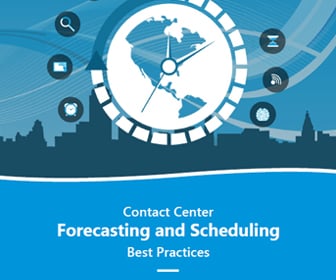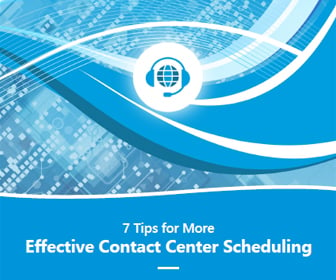Workforce Management Featured Article
Workforce Management: Personal Cloud to Replace the Personal Computer as the Center of Users' Digital Lives
The reign of the personal computer as the sole corporate access device is coming to a close, and by 2014, the personal cloud will soon replace the personal computer, according to Gartner, Inc. Gartner (News ![]() - Alert) analysts said the personal cloud will begin a new era that will enable new levels of user productivity. However, it enterprises will need to rethink how they deliver applications and services to users.
- Alert) analysts said the personal cloud will begin a new era that will enable new levels of user productivity. However, it enterprises will need to rethink how they deliver applications and services to users.
“Major trends in client computing have shifted the market away from a focus on personal computers to a broader device perspective that includes smartphones, tablets and other consumer devices,” said Steve Kleynhans, research vice president at Gartner. “Emerging cloud services will become the glue that connects the web of devices that users choose to access during the different aspects of their daily life.”
The past two years have been a whirlwind in the client cloud computing space, with enterprises wondering what comes next. Several driving forces are combining to create this new era and these megatrends have roots that extend through the past decade, but are aligning in a new way.
Megatrend No. 1: Consumerization
Gartner has discussed the consumerization of IT for the better part of a decade, and has seen the impact of it across various aspects of the corporate IT world. Key factors include: Users are more technologically savvy, the Internet and social media have empowered users, the rise of powerful mobile devices changes the equation for users, users have become innovators, and users of all types and status within organizations can now have similar technology available to them.
Megatrend No. 2: Virtualization
Virtualization has improved flexibility and increased the options for how IT organizations can implement client environments and has freed applications from the peculiarities of individual devices and operating systems. Virtualization provides a way to move the legacy of applications and processes developed in the PC era forward into the new world of technology.
Megatrend No. 3: “App-ification”
The way that applications are designed, delivered and consumed by users changes has a dramatic impact on all other aspects of the market. They also raise the prospect of greater cross-platform portability as small user experience (UX) apps are used to adjust a server- or cloud-resident application to the characteristics of a specific device or scenario.
Megatrend No. 4: The Ever-Available Self-Service Cloud
Users can now store their virtual workspace or digital personality online. The advent of the cloud for servicing individual users opens a whole new level of opportunity. Every user can now have a nearly infinite set of resources available. Users want to make their own choices about applications, services and content, selecting from a nearly limitless collection on the Internet.
Megatrend No. 5: The Mobility Shift
Mobile devices combined with the cloud can fulfill most computing tasks. The emergence of more-natural user interface experiences is making mobility practical such as touch- and gesture-based user experiences, coupled with speech and contextual awareness.
“In this new world, the specifics of devices will become less important for the organization to worry about. Users will use a collection of devices, with the PC remaining one of many options, but no one device will be the primary hub. Rather, the personal cloud will take on that role. Access to the cloud and the content stored or shared in the cloud will be managed and secured, rather than solely focusing on the device itself,” said Kleynhans.
Edited by Jennifer Russell







